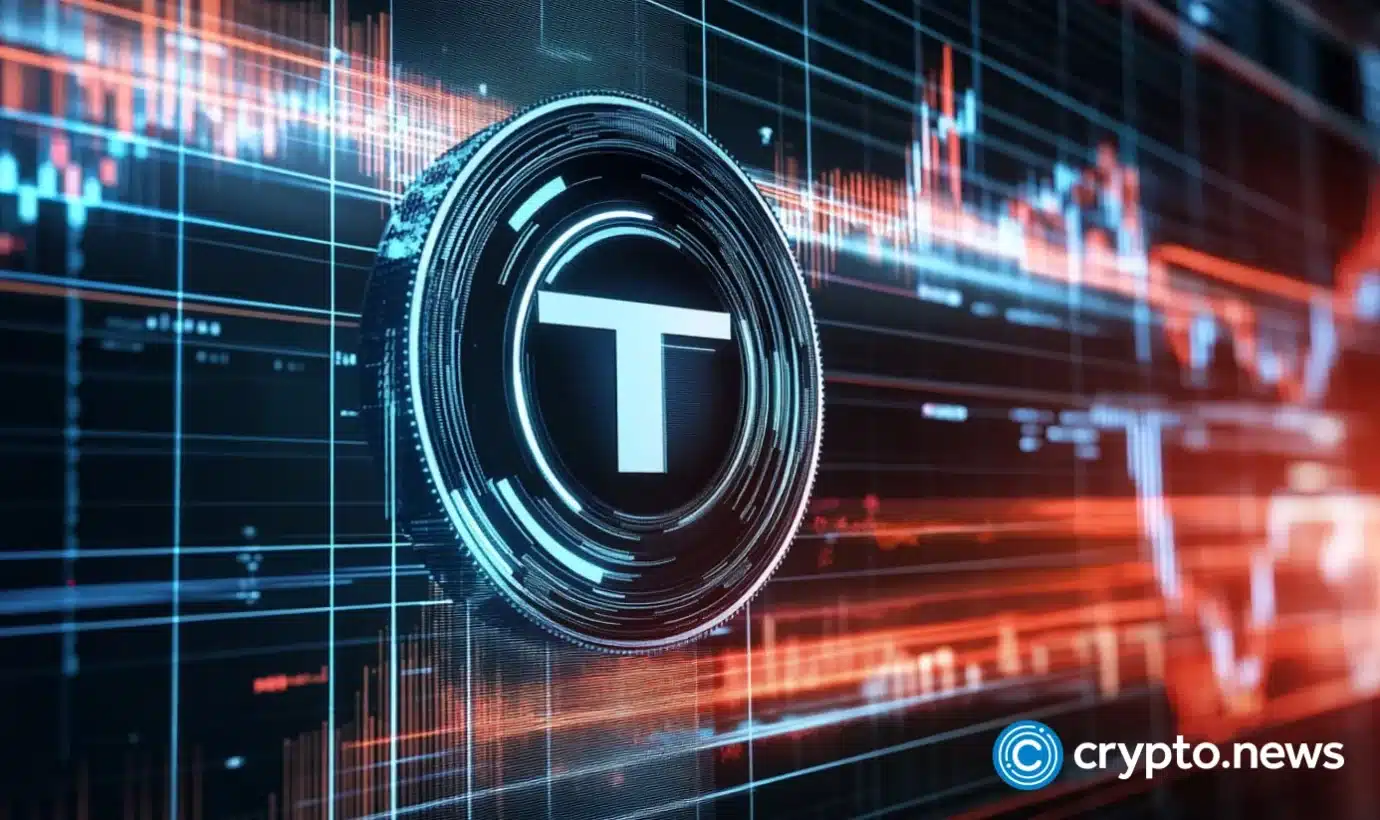Stablecoins are growing in new ecosystems and are key to fees for multiple protocols. USDT and USDC remain leaders but are trying to expand into new niches.
One closely watched stablecoin is Tether (USDT), which continues growing its Telegram (TON) supply. USDT payments outside the Euro Area are still unlimited. Exchanges and some services may start to limit USDT on their platforms to comply with European Union regulations.
Read: Tether launches its own gold-backed synthetic dollar
USDT follows the path of usage as a less regulated asset, directly used by Telegram bots and traders and as a means of payment. USDC is growing its presence on Base, the tokenless protocol by Coinbase.
USDC relies on its regulated status and proven reserves. The goal is to appeal to Base users, who want to achieve on-chain status without being too closely linked to crypto activities.
USDC achieved the fastest growth for any stablecoin in the past three months. USDT also set a record with the biggest number of token holders on the Telegram blockchain.
New chains bring “Stablecoin summer”
Overall, the supply of stablecoins increased by more than 30B for the first half of 2024. Stablecoins are not competing among each other, but are trying to grow in their selected niche. Of the total supply growth, around 22B are for USDT, but smaller tokens are also building new DeFi ecosystems from scratch.
Stablecoins, especially regulated, are seen as a key to mainstream token adoption. The launch of specific versions of stablecoins, as well as new types of assets is decreasing the need to bridge one asset to multiple chains. Some of the top growth stablecoins are still in their initial stages, but expand rapidly, as in the case of eUST and GHO, the native Aave dollar-denominated token.
The USDT token on TON is watched even more closely as the network’s usage expands. In the past couple of months, Telegram’s native blockchain has made bids to surpass Ethereum’s activity. With that trend, the growth of new USDT has turned vertical, with the creation of new gold-backed tokens.
Also read: Which Stablecoins are Growing Fastest, Boosting the 2024 Bull Market?
As of June 2024, the total value of asset-collateral stablecoins amounts to $79.9B, while stablecoins collateralized with crypto are estimated at $8.5B. Algorithmic stablecoins carry just $1.3B in value and have a higher inherent risk. The current supply is yet to expand to the levels seen at the peak of the 2021 bull market when stablecoins carried more than $100B in value.
Stablecoins see peak transaction count
Stablecoins are among the assets with the highest number of transactions. They can secure fees at the blockchain and app levels.
USDT is the third most active token in terms of total transactions and centralized trading volumes. In 24 hours, USDT had more than 132.3K transactions. USDC is still lagging at the sixth most active position, with 58.18K transactions in 24 hours.
USDT is also Ethereum’s fifth most active smart contract, generating more than $311K in fees in the past 24 hours.
Stablecoins help fee-producing protocols
Fees are becoming an important metric for protocol performance and a proxy for the state of networks. Ethereum, the leading network in terms of fees, is recovering its growth after two months of significantly lowered fees and revenues. Peak fees for Ethereum coincided with the market top in March.
Stablecoin issuer services are also among the top apps and protocols in terms of fees. Maker DAO and Ethena are closely watched for their ability to produce fees and return to their community.
Fees in blockchain projects are not always based on blockchain usage. The goal for some chains like Base is to subsidize the usage of the main layer and have most fees come from apps and protocols. Stablecoins are key in forming multiple trading pairs and liquidity pools and will be key to generating fees from decentralized finance.
Cryptopolitan reporting by Hristina Vasileva





